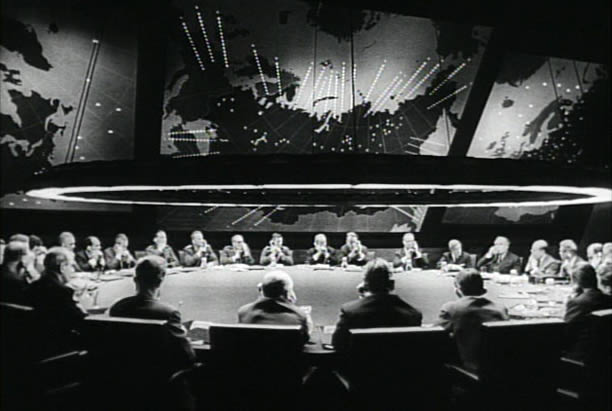Open floor plan office spaces have a lot of appeal, especially in the tech community. After all, who wants to spend all day in a cube farm? A lot of good things come from operating in an open floor plan environment, especially if you are an agile software development shop. Unfettered communication, camaraderie, ease of reconfiguration and more. Sounds perfect, right?
Now that I've set up the rhetorical straw man, I'm obliged to knock him down. The downside to the open floor plan is distraction. You can work well with 6 or 8 people in close proximity, but it doesn't scale well to larger teams - too loud, too many distractions, too many nodes in the human communication network.

So what is there to do about it? At Braintree, we've decided to keep the open floor plan as our default configuration. But more and more frequently, when we commit a dedicated effort to shipping a product or feature, we set up a war room. The core team responsible for the project (usually 4-8 people) moves into a large conference room, and takes it over until they ship.
I don't know where the term "War Room" came from in this context. I started using it when I was at Backstop and the term has taken firm root at Braintree, but it's undoubtedly been in use elsewhere. Regardless, every time I enter a war room, I like to remind people "You can't fight in here...this is the war room!"
Limited Distraction
The separated space acts as a barrier to people coming to interrupt you, and they hold anything non-urgent until you emerge or just send it in an asynchronous message format, like email. It's not enough of a barrier to stop any truly important information from outside the war room - all a visitor has to do is walk in the room. But crossing that threshold makes the visitor really stop and think about whether their thing is worth the interruption.
Better collaboration
In a large open office, we've constantly got our attention filters set to maximum, since most of the action around us isn't related to the task at hand. In the war room setting, we can dial back those filters and actively engage in creative eavesdropping. And when we do find a topic that needs to be addressed, or puzzled-through, all the stakeholders are there, already next to a whiteboard, engaged in the discussion.
More fun
You can have more fun in a small group, because you don't have to work very hard to create consensus. It's easy to read the mood of a small team. Is someone in the group wrestling with a tough problem? People put on headphones and go into library mode. Is everyone drinking Red Bull and coding furiously? Crank up the hip hop or metal. Time to blow off some steam? Everyone takes a break to gather around someone's screen and watch the latest installment of Vooza. If the people involved possess even an ounce of mirth, then fun quirks thrive in this environment. During my last stint in the war room, we started every day with the excellent soundtrack from The Social Network, and made a rule that we could only travel to the bathroom via scooter.
Not just for nerds
It's not just for developing software projects, either. It's become a standard part of our product launch procedure to set up a war room with representatives from different teams, so we can have instantaneous communication and respond to events as they occur. We've even made it work across offices. We'll set up war rooms in our Chicago and California offices on launch day, and leave a conference call open all day.
Why not live in the war room?
If it's so great, why not hang out in the war room all the time? The isolation is a two-edged sword - it reduces distractions, but it also removes you from being part of the rest of the office. Also, it's a pretty intense experience, working in a small space and focusing intently on a project. That intensity cannot last indefinitely. So, we are using the different modes at different times, with the full open office plan as the default. The war room becomes another practice or technique at our disposal to help us ship remarkable software.
We are interested in how other teams approach their physical office space as they grow. Do you keep the open office plan, send teams to different offices, or something else?